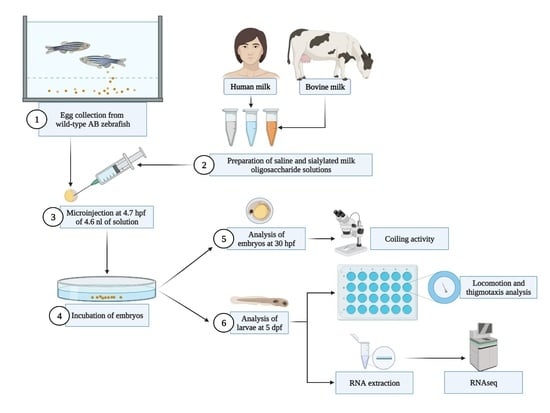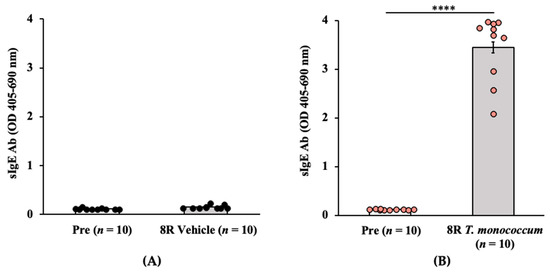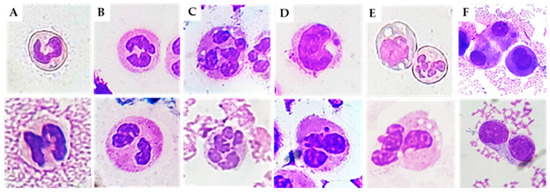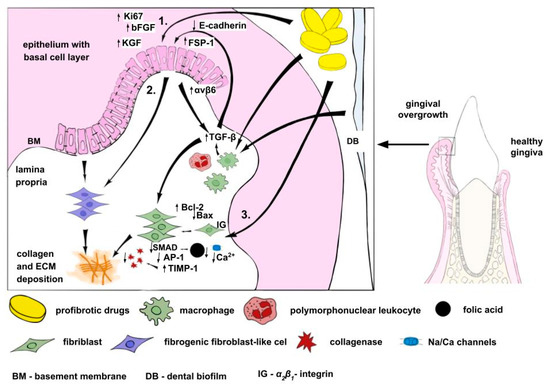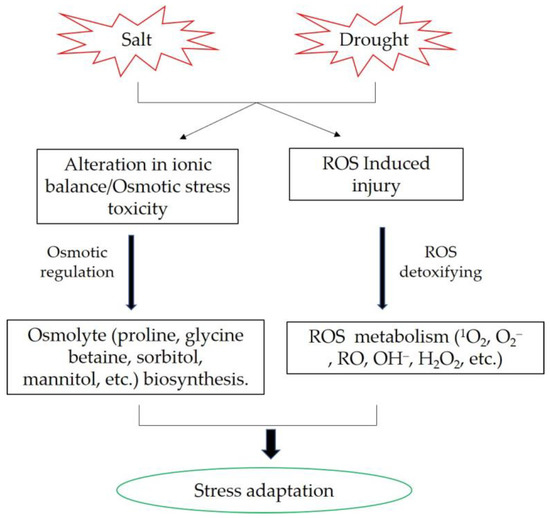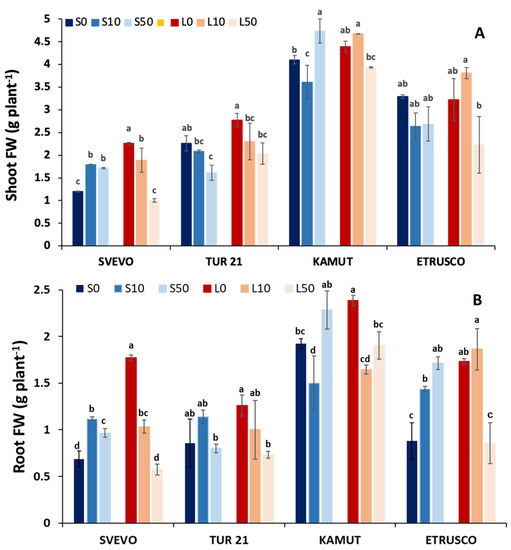Biozentrum, University of Basel, Spitalstrasse 41, CH-4056 Basel, Switzerland
Int. J. Mol. Sci. 2023, 24(6), 5457; https://doi.org/10.3390/ijms24065457 - 13 Mar 2023
Cited by 11 | Viewed by 4177
Abstract
We review the key steps leading to an improved analysis of thermal protein unfolding. Thermal unfolding is a dynamic cooperative process with many short-lived intermediates. Protein unfolding has been measured by various spectroscopic techniques that reveal structural changes, and by differential scanning calorimetry
[...] Read more.
We review the key steps leading to an improved analysis of thermal protein unfolding. Thermal unfolding is a dynamic cooperative process with many short-lived intermediates. Protein unfolding has been measured by various spectroscopic techniques that reveal structural changes, and by differential scanning calorimetry (DSC) that provides the heat capacity change Cp(T). The corresponding temperature profiles of enthalpy ΔH(T), entropy ΔS(T), and free energy ΔG(T) have thus far been evaluated using a chemical equilibrium two-state model. Taking a different approach, we demonstrated that the temperature profiles of enthalpy ΔH(T), entropy ΔS(T), and free energy ΔG(T) can be obtained directly by a numerical integration of the heat capacity profile Cp(T). DSC thus offers the unique possibility to assess these parameters without resorting to a model. These experimental parameters now allow us to examine the predictions of different unfolding models. The standard two-state model fits the experimental heat capacity peak quite well. However, neither the enthalpy nor entropy profiles (predicted to be almost linear) are congruent with the measured sigmoidal temperature profiles, nor is the parabolic free energy profile congruent with the experimentally observed trapezoidal temperature profile. We introduce three new models, an empirical two-state model, a statistical–mechanical two-state model and a cooperative statistical-mechanical multistate model. The empirical model partially corrects for the deficits of the standard model. However, only the two statistical–mechanical models are thermodynamically consistent. The two-state models yield good fits for the enthalpy, entropy and free energy of unfolding of small proteins. The cooperative statistical–mechanical multistate model yields perfect fits, even for the unfolding of large proteins such as antibodies.
Full article
(This article belongs to the Special Issue The Multiple and Dynamic Faces of Protein Structure: Folded States, Intrinsically Unfolded States, and Aggregates/Fibrils)
▼
Show Figures


